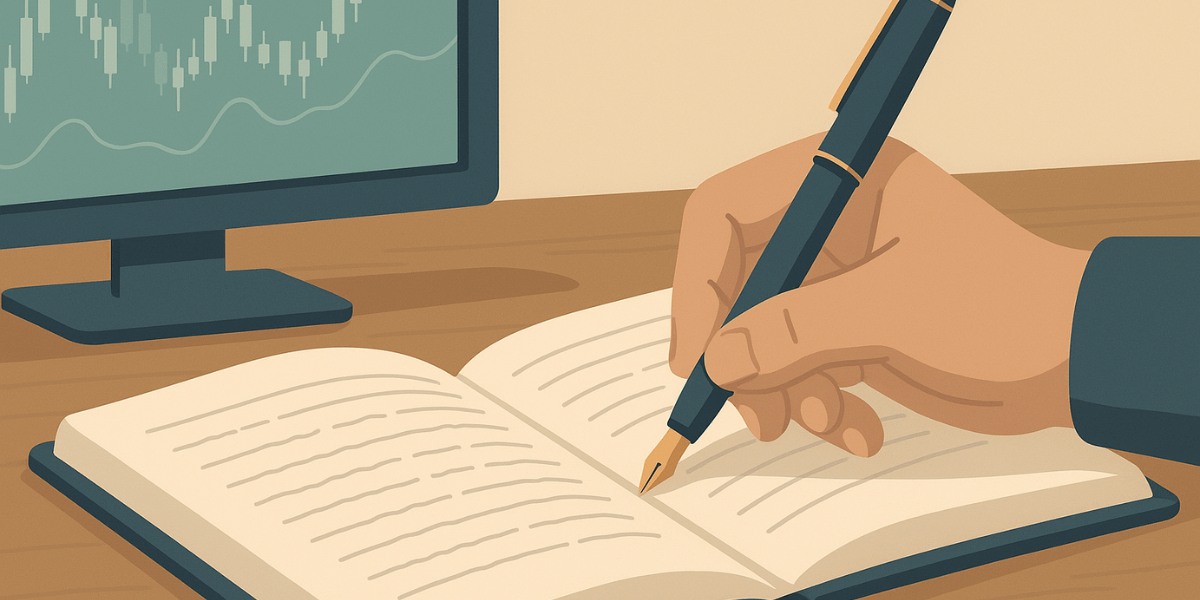A forex trading robot, also known as an Expert Advisor (EA), is an algorithmically driven trading system designed to execute orders on behalf of the trader on the forex market – the world’s largest financial market.
Despite being a straightforward product, forex robots can be misleading – particularly for new traders who might fall into the marketing allure of promising high returns. Thus, this article will address what these robots are, how they work, and their potential benefits and drawbacks.
Defining The Forex Robot
A forex trading robot is software that, based on foreign exchange market price movements, signals traders to buy or sell a currency pair at a given point in time.
These systems can work as standalone but are often automated and integrated with online forex brokers or exchange platforms.
Purpose of Forex Trading Robots
The primary purpose of a forex trading robot is to automate the trading process, making it more efficient and potentially more profitable. Forex robots have the following characteristics.
- Increased Accuracy and Efficiency: Forex bots can process data far more quickly and accurately than humans. Their algorithms analyze market trends and execute trades based on pre-determined parameters, which can increase trading efficiency.
- 24/7 Trading: The forex market operates 24 hours a day, 5 days a week, across multiple time zones. Forex bots can trade around the clock, ensuring one does not miss a good trading opportunity.
- Elimination of Emotional Trading Decisions: Forex robots remove the psychological element of trading. They operate on pre-determined algorithms, executing traders on pre-set rules regardless of fear, greed, anxiety, and other perilous emotions that humans might experience.
How Forex Trading Robots Work
A forex trading robot is a computer program based on pre-determined rules or algorithms designed to interpret market activity.
Forex robots analyze historical and real-time data such as price charts, economic news, market trends, and other relevant data. They base trading decisions on this information, aiming to identify patterns and trends that may indicate potentially profitable trading opportunities.
Typically, a Forex robot works using 3 processes:
- Data Input: The robot collects and processes vast amounts of market data. This process usually includes working with tick data, the most minuscule price change, on multiple pairs. Still, some robots can consider external data, such as market sentiment.
- Signal Generation: Based on the analyzed data, the robot generates trading signals indicating whether it is a suitable time to buy or sell a specific currency pair.
- Order Execution: The robot automatically calculates parameters such as volume, stop-loss levels, and take-profit levels and executes the trade within a split second. This speed gives it an edge over humans, as its reaction time is much faster than any human trader could follow.
Forex robots often make decisions using technical indicators and other parameters. Popular trading platforms like MetaTrader (MT4 and MT5) support these robots, which are typically programmed using the MetaQuotes Language (MQL).
Types of Forex Trading Robots
There are different types of forex trading robots, each designed to implement various trading strategies:
- Grid Trading Robots: These bots place buy and sell orders at set intervals around a set price, creating a grid of orders. This strategy aims to profit from market volatility without predicting market direction.
- Scalping Robots: Designed for high-frequency trading, these bots make small profits from numerous trades executed quickly.
- Trend Following Robots: These robots identify and follow market trends, executing trades that align with the prevailing market direction.
- Arbitrage Robots: These bots exploit price discrepancies between different markets or brokers, aiming to make risk-free profits from price differences. Such robots are seldom used by retail traders as they require institutional-level support and extremely low server latency—speed is of the utmost importance.
Each type of robot is suitable for different trader profiles. For example, scalping robots might be ideal for traders looking for high-frequency, short-term profits, while trend-following robots may suit those preferring a more long-term approach. Depending on the broker, some types of robots might not be allowed, as high-frequency trading can clog the server, resulting in poor performance.
Advantages and Disadvantages of Forex Trading Robots
Like every trading approach, using forex robots has both advantages and disadvantages.
Advantages of Forex Robots
- Time Efficiency: Automation allows traders to free up time for other activities while the robot handles trading.
- Emotional Detachment: Robots make decisions based on logic and data, not emotions, which can lead to more consistent trading results.
- Backtesting Capabilities: Robots can be backtested against historical data to assess their effectiveness before being deployed in live markets. While backtesting is never 100% reliable (professionals argue that backtest drawdown should be taken as double and profit as half), it can show an algorithm’s capabilities in different market conditions.
Disadvantages of Forex Robots
- Reliance on Technology: Forex bots are software programs that can fail or experience glitches. They might lose connectivity to the market, resulting in missed trades or other issues.
- Lack of Adaptability: Robots might struggle to adapt to unexpected market changes or news events, potentially leading to suboptimal trading decisions. Adaptability remains one of the largest robot problems, as a quick change in market conditions can generate significant losses.
- Risks of Scams: The forex robot market is rife with scams, where fraudulent sellers promise unrealistic returns and disappear after selling the bot. This scenario is particularly dangerous for new traders who don’t understand the dangers of the forex market.
Forex Robots are for Situational Use
While forex trading robots offer several advantages, they are not suitable for absolute beginners. Before relying on automated systems, traders need to thoroughly understand the market and trading principles. Unfortunately, this is impossible without committing time to observing and analyzing the market.
Forex robots can be valuable tools for experienced traders, helping them manage their time and remove emotional biases from trading decisions. However, mastering manual trading and understanding market dynamics is crucial before incorporating a forex robot into your trading strategy.
Frequently Asked Questions
Do Forex robots really work?
Forex robots seldom deliver long-term positive returns. While turnkey robots can do really well in some market conditions, this performance typically drops off the cliff once the conditions change. Expert traders often develop their own tools for automating and semi-automating their trading, but they typically embark on this endeavor after years of manual trading experience.
Are robots legal in Forex?
Using forex robots is legal, but specific regulations might depend on the broker. For example, some brokers might ban the use of high-frequency trading robots due to the high server loads they might create.
Note: Any opinions expressed in this article are not to be considered investment advice and are solely those of the authors. Singapore Forex Club is not responsible for any financial decisions based on this article's contents. Readers may use this data for information and educational purposes only.







